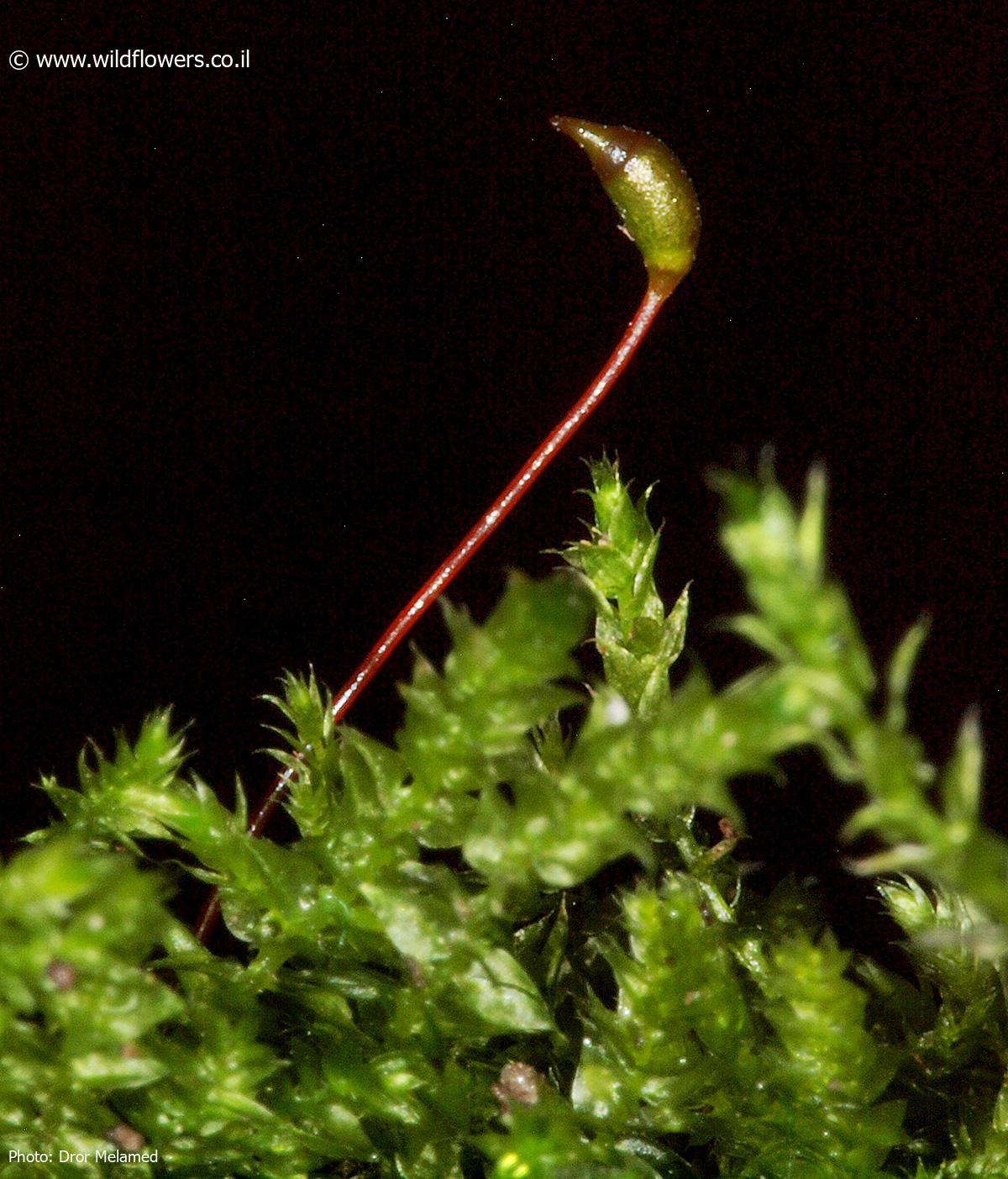
3382-l-1.jpg from: https://www.wildflowers.co.il/hebrew/picture.asp?ID=21549
Rhynchostegium Schimp.: The Fascinating Moss of the Brachytheciaceae Family
Introduction
Mosses are small but mighty plants that play important roles in ecosystems around the world. One particularly interesting moss is

3189-l-2.jpg from: https://www.wildflowers.co.il/hebrew/picture.asp?ID=18490

3382-l.jpg from: https://www.wildflowers.co.il/hebrew/picture.asp?ID=21548
Rhynchostegium Schimp., also known simply as Rhynchostegium. This moss belongs to the Brachytheciaceae family and is found in many regions across the globe. In this blog post, we’ll take a closer look at the unique characteristics and ecological significance of Rhynchostegium Schimp.
Background
Rhynchostegium Schimp. is classified under the Bryophyta division and Bryopsida class. The Brachytheciaceae family contains over 40 genera of mosses known for their feather-like or pinnate branching patterns. Rhynchostegium mosses are generally small to medium-sized and grow in mats or tufts on various substrates like soil, rocks, tree bark, and decaying wood.
Morphology and Identification
Identifying Rhynchostegium Schimp. requires observing its distinct morphological features:
- Stems: Creeping to ascending, irregularly branched
- Leaves: Ovate to ovate-lanceolate, often concave, with a single costa extending 1/2 to 3/4 up the leaf
- Leaf cells: Elongated and smooth, becoming shorter and broader towards the leaf base
- Capsules: Inclined to horizontal, curved and asymmetric with a long beak
These characteristics help distinguish Rhynchostegium from other similar-looking mosses in the Brachytheciaceae family.
Global Distribution and Habitat
Rhynchostegium Schimp. has a wide distribution, occurring in temperate and subtropical regions of North America, Europe, Asia, Africa, and Australia. This adaptable moss inhabits a variety of habitats, including:
- Forests (especially deciduous woods)
- Riparian zones along streams and rivers
- Shaded rocks and cliffs
- Urban environments like parks and gardens
Rhynchostegium mosses thrive in moist, shady conditions but can tolerate some dryness and disturbance.
Ecological Roles and Adaptations
Like other mosses, Rhynchostegium Schimp. contributes to important ecological functions:
- Nutrient cycling: Mosses absorb nutrients from the atmosphere and release them into the soil as they decompose, enriching the substrate for other plants.
- Erosion control: Dense moss mats stabilize soil and prevent erosion on slopes and streambanks.
- Water retention: Rhynchostegium’s mat-forming growth helps retain moisture in the environment, benefiting nearby plants and animals.
- Habitat provision: Many small invertebrates and microorganisms live among moss cushions, which offer shelter and maintain humidity.
Rhynchostegium mosses have evolved adaptations to succeed in their niches:
- Efficient water transport: Specialized leaf cells and conducting tissues allow for quick water uptake and distribution.
- Desiccation tolerance: Some species can survive periods of dryness by entering a dormant state until moisture returns.
- Asexual reproduction: In addition to sexual reproduction via spores, Rhynchostegium can spread vegetatively through fragments, enhancing local dispersal.
Conclusion
Rhynchostegium Schimp. may be small, but this remarkable moss plays a big role in the ecosystems it inhabits. From nutrient cycling to erosion control, Rhynchostegium contributes to the health and biodiversity of its environment. Next time you’re out in nature, keep an eye out for this fascinating member of the Brachytheciaceae family. Who knows what other moss marvels await discovery?